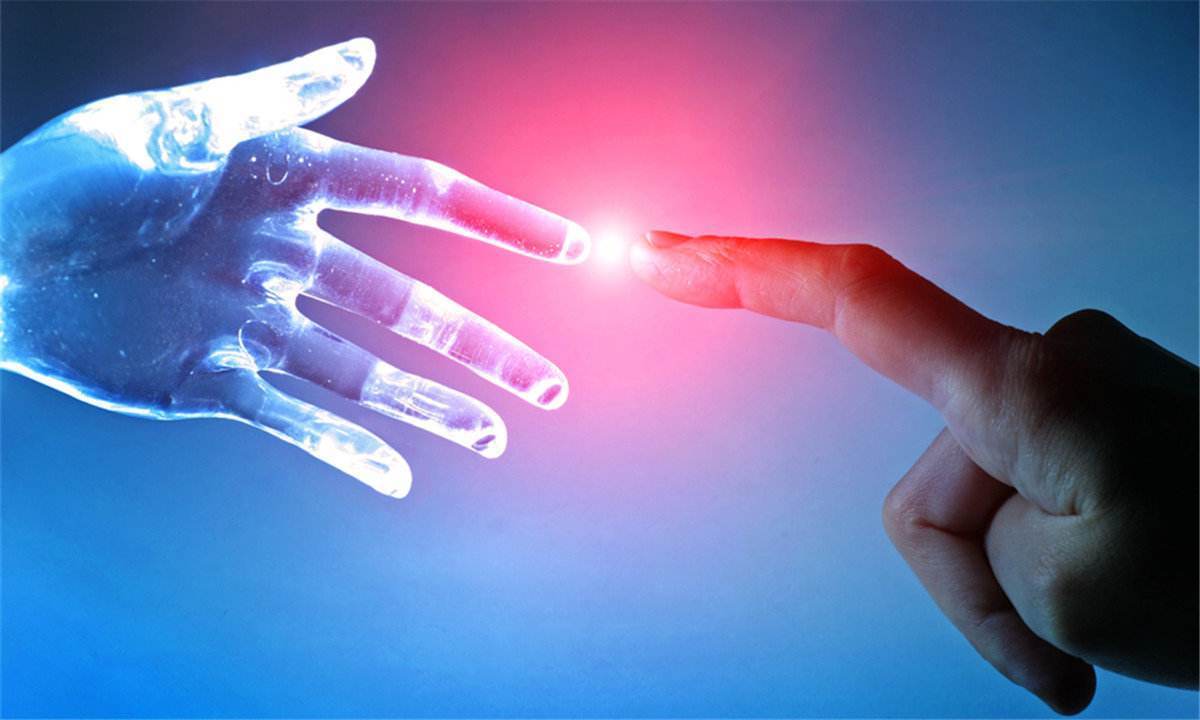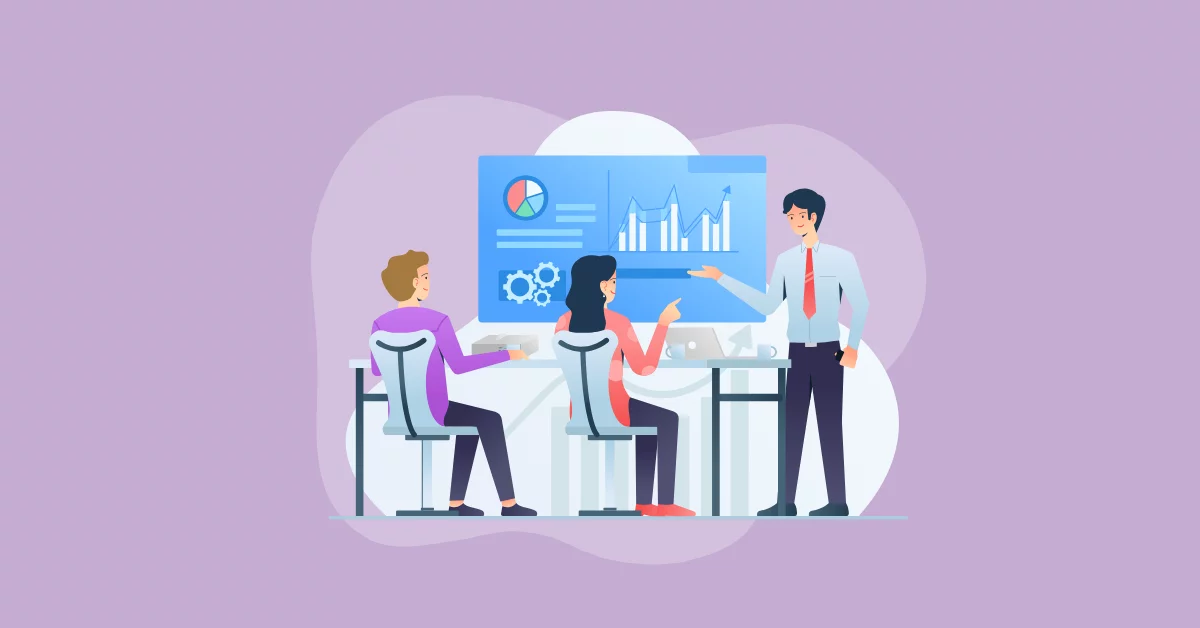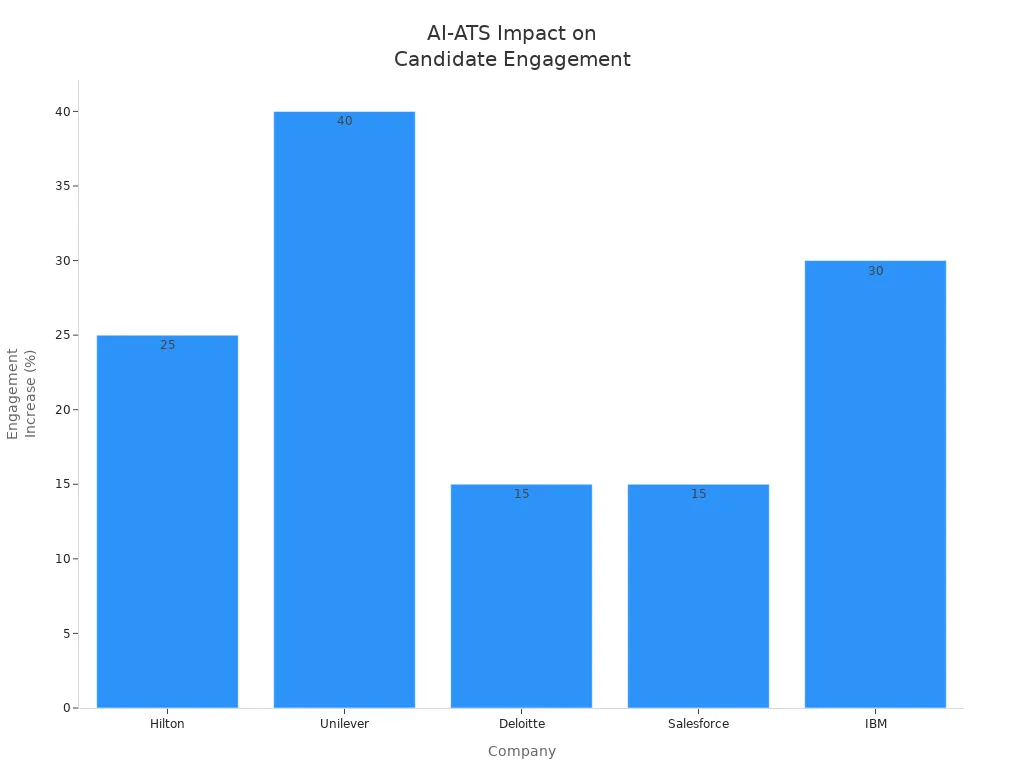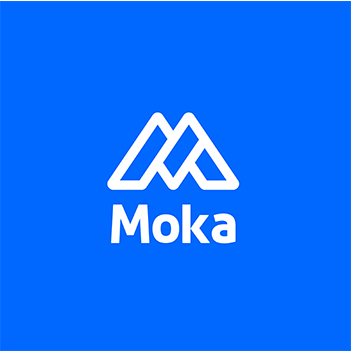Is AI‑ATS an Enemy of Human HR—or Its Greatest Ally?

Is AI‑ATS an Enemy of Human HR—or Its Greatest Ally? AI-ATS is actually a powerful tool that helps HR professionals rather than being their enemy. Many HR professionals worry about their jobs as technology evolves rapidly, facing common concerns such as resistance to change, inaccurate data, privacy issues, and the need for new tech skills. For example, 30% say resistance to change is a significant challenge, 80% of companies that prioritize privacy earn greater trust, and 63% report lacking sufficient training or skills.
Despite these challenges, the question remains: Is AI-ATS an enemy of human HR—or its greatest ally? The answer depends on how HR professionals leverage these tools. When used effectively, AI-ATS can make HR work faster, fairer, and better for job seekers.
Empowering HR with AI-ATS
Automating Tasks
AI-ATS changes how HR teams work by doing boring jobs for them. It helps with resume screening, finding candidates, setting up interviews, and making job descriptions. HR workers do not have to spend hours typing data or looking at resumes. AI-ATS looks at thousands of applications, finds the best people, and sets up interviews by itself. For example, Starbucks Australia saved 1,900 hours each month on resume checks after using AI-ATS. This gave the team more time to hire the best people and find more kinds of workers.
AI-ATS also keeps data updated in all HR systems, so there are fewer mistakes and work is better organized. When all hiring data is in one place, teams can work together faster and make choices that fit the company’s goals.
Strategic Focus
Now that AI-ATS does the simple jobs, HR workers can do more important things. They spend more time planning how to use talent, making hiring plans, and matching hiring with company goals. HR leaders say their jobs have changed from paperwork to leading teams. They use AI-ATS to look at hiring numbers, guess what workers are needed, and build stronger teams. This helps companies use talent plans and stay ahead of others.
Strategic HR professionals now:
Make long-term plans for talent
Support fair hiring for everyone
Match talent plans with company goals
Data-Driven Decisions
AI-ATS helps HR teams make better choices using real-time data. The system shows numbers about how fast people are hired, how much it costs, and how good the candidates are. These facts help HR workers get better at hiring and using talent. AI-ATS also helps stop bias by using the same rules for everyone, so hiring is fair. Companies say that using data in HR helps workers feel happier, stay longer, and helps the business do better.
Benefit | Impact on HR and Talent Optimization |
|---|---|
Enhanced Efficiency | Faster screening and hiring the right talent |
Predictive Analytics | Anticipate workforce needs |
Improved Fairness | Reduce bias and support diversity |
Strategic Alignment | Link talent optimization to business strategy |
The Human Touch in HR

Human Judgment Matters
AI-ATS helps make hiring faster and more accurate, but hr professionals are still very important. Technology can look at resumes and suggest people to hire, but it cannot think like a person. Skilled hr teams use their own judgment, which machines do not have. They look at a person’s personality, values, and if they fit in at work. Humans make sure things are fair and clear, especially when there are tough choices.
AI works with data and first checks, but humans:
Handle privacy and ethical questions
Think about what AI suggests and add their own ideas
Mix technology with caring about people
Stand up for employees and help them
Good relationships at work help people feel happy and work better. Studies show that when workers feel supported, they do more and enjoy their jobs. Elton Mayo’s Hawthorne studies and Maslow’s ideas show that people do well when they feel part of the team and get noticed.
Support from others helps people work better.
Workers want to feel seen and part of the group.
Social and mental needs push people to do well.
People skills and using data together help find the best workers.
Good relationships make work better for everyone.
Reducing Bias
AI-ATS helps hr teams be more fair when picking new workers. The system looks at skills and experience, not personal things. Bias detection tools watch for unfair patterns and help fix them. AI finds people from many places, so there is more diversity. When humans and AI work together, choices are fair and clear.
AI-ATS makes fair first checks
Bias tools work right away
More places to look means more kinds of people
Clear systems help everyone trust the process
Research shows that teams with different people come up with new ideas and make more money. Companies with leaders of different genders do better, and teams with many kinds of people stay longer.
Personalizing Experience
AI-ATS platforms have many tools to make the hiring process fit each person and help find the best workers. These tools include resume reading, matching people to jobs, sending messages, and setting up interviews. Reports and custom steps help hr teams make the process better for each person, which keeps people interested and helps find the right talent.
Is AI‑ATS an Enemy of Human HR—or Its Greatest Ally?
Job Security
Many workers ask if AI-ATS is a friend or foe. This question comes from worries about losing jobs. Some people fear AI-ATS will take HR jobs away. But AI-ATS helps HR teams by doing boring, repeated tasks. This lets HR workers spend time on bigger problems and helping others. HR leaders know AI-ATS does not replace people. It gives them more time for important work. For example, AI-ATS can check resumes or set up interviews. Then HR staff can talk to job seekers and help workers grow. This change lets HR teams do more important work for their companies.
Tip: Start with small steps in automation. Grow as teams get used to it. Training and support help workers feel safe and ready for new tech.
Human Connection
James Hickman, who knows about hiring tech, says AI should help, not replace, people. Trust and strong bonds with workers are still very important. HR teams use AI-ATS for simple jobs, like sending invites or answering easy questions. This gives recruiters more time to talk to people. They can call top talent, give feedback, and share what the company stands for. Good talks help job seekers feel noticed and respected.
Recruiters use AI to:
Do easy jobs so they can focus on people
Keep job seekers updated with news
Use chatbots for quick answers, but share big news themselves
Build trust by being honest and clear
AI-ATS also helps stop the "black hole" feeling. This is when job seekers feel ignored. Automated updates and reminders keep everyone informed. Studies show AI follow-ups help more people come to interviews and feel happier. When HR teams mix tech with care, everyone has a better experience.
Ethical Use
Using AI-ATS fairly means making choices that are open and fair. HR teams must watch out for bias, which can happen if AI learns from bad data. For example, some AI tools in the past picked some groups over others. This was not fair.
To keep things fair, HR teams should:
Check AI-ATS often for mistakes and bias
Use many kinds of data and listen to many people
Make ethics groups and train HR staff
Follow rules and best ways for privacy and fairness
Tell workers how AI-ATS is used
Companies like IBM and Accenture have strong rules for using AI. They care about fairness, being open, and taking responsibility. HR teams should use AI-ATS and human thinking together. This helps build trust and keeps hiring fair for everyone.
Note: Checking AI-ATS often, talking openly, and having people watch over it help companies use AI-ATS safely and fairly.
When used with care, AI-ATS is a strong helper. It lets HR teams work smarter, help workers, and find great talent. Using AI-ATS the right way brings more good and less risk. This makes it a good partner for HR’s future.
Real-World Impact

Recruitment Success
AI-ATS platforms help companies hire people faster and better. HR teams use these systems to fill jobs quickly and find good workers. They check important numbers to see how well things work:
Time to fill a job: HR teams count the days it takes to hire someone new.
Time saved by recruiters: Recruiters spend less time on each job, so it costs less.
Quality of AI tools: HR leaders check if AI picks good people and if humans agree.
Cost per hire: Companies see how much money it takes to hire each person.
Quality of hire: Teams check if new workers stay and do well in their jobs.
User feedback: HR asks recruiters, managers, and job seekers what they think to make things better.
These numbers show how AI-ATS helps companies hire smarter. Companies do better and build stronger teams when they use data to make choices.
Diversity Gains
Companies use AI-ATS to make teams more diverse. They check diversity by looking at:
How many different people are hired at each step
How many diverse workers stay after one year
How many diverse people are leaders
What new hires say about fairness and feeling included
Unilever and HSBC use AI-ATS tools like blind hiring and checking for fair words. These tools help HR teams find people from many backgrounds. HSBC got 30% more diverse job applications. Unilever hired 50% more diverse people after using blind resume checks. Regular checks and training keep things fair. Data and reports help companies see how they are doing and change plans if needed.
Candidate Engagement
AI-ATS platforms help job seekers and workers feel more involved. Personal messages, chatbots, and quick updates keep people in the loop. This makes people happier and helps them stay at work longer. Hilton, Unilever, and L’Oreal use AI-ATS to help people feel welcome and stay with the company. The table below shows how companies use AI-ATS to help people feel more involved and do better at work:
Company | AI-ATS Feature | Impact on Candidate Engagement | Supporting Data / Source |
|---|---|---|---|
Hilton | Personalized communication via AI | 25% more people reply and feel involved | Gartner: 53% more candidate loyalty |
Unilever | AI chatbots, automated video interviews | Up to 40% more people feel involved; 75% faster hiring | LinkedIn Talent Solutions, Gartner |
Ernst & Young | Predictive analytics for matching | Better experience and more people stay | LinkedIn: 91% recruiters see better experience |
L’Oreal | AI interview screening (HireVue) | 93% of people are happy with the process | Gartner |
Deloitte | AI-driven candidate engagement analysis | 15% more workers stay over 2 years | LinkedIn Talent Solutions |
Salesforce | Real-time candidate feedback surveys | 15% more people accept job offers | Gartner |
IBM | AI analytics for employee engagement | 30% more workers stay | Gartner |

AI-ATS helps HR teams make a good experience for workers and job seekers. This means people do better, stay longer, and grow at work.
FAQ
What is an AI-ATS?
An AI-ATS is an Applicant Tracking System that uses artificial intelligence. It helps HR teams find, sort, and manage job candidates. The system can read resumes, match skills, and send updates to job seekers.
Does AI-ATS replace HR professionals?
AI-ATS does not replace HR professionals. It handles repetitive tasks. HR teams use the extra time to focus on people, make better decisions, and build strong relationships.
How does AI-ATS help reduce hiring bias?
AI-ATS uses data and set rules to review all candidates the same way. It checks for unfair patterns and helps HR teams choose people based on skills, not personal details.
Can small businesses use AI-ATS?
Yes, small businesses can use AI-ATS.
Many platforms offer simple tools and flexible pricing.
These systems help small teams save time and find the right people faster.
See Also
Revolutionizing HR SaaS Through MokaHR’s Advanced AI Tools
Achieving Hiring Excellence Using MokaHR’s AI Recruitment Tools
Boost Your Hiring Strategy With MokaHR’s AI-Powered Solutions
Harnessing AI Software To Forecast Candidate Hiring Outcomes
Enhance Your Hiring Workflow With MokaHR’s AI Recruitment Tech
From recruiting candidates to onboarding new team members, MokaHR gives your company everything you need to be great at hiring.
Subscribe for more information

